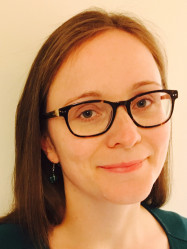BibTex format
@article{Yuan:2022:10.1039/d1dd00039j,
author = {Yuan, Q and Szczypiski, FT and Jelfs, KE},
doi = {10.1039/d1dd00039j},
journal = {Digit Discov},
pages = {127--138},
title = {Explainable graph neural networks for organic cages.},
url = {http://dx.doi.org/10.1039/d1dd00039j},
volume = {1},
year = {2022}
}

